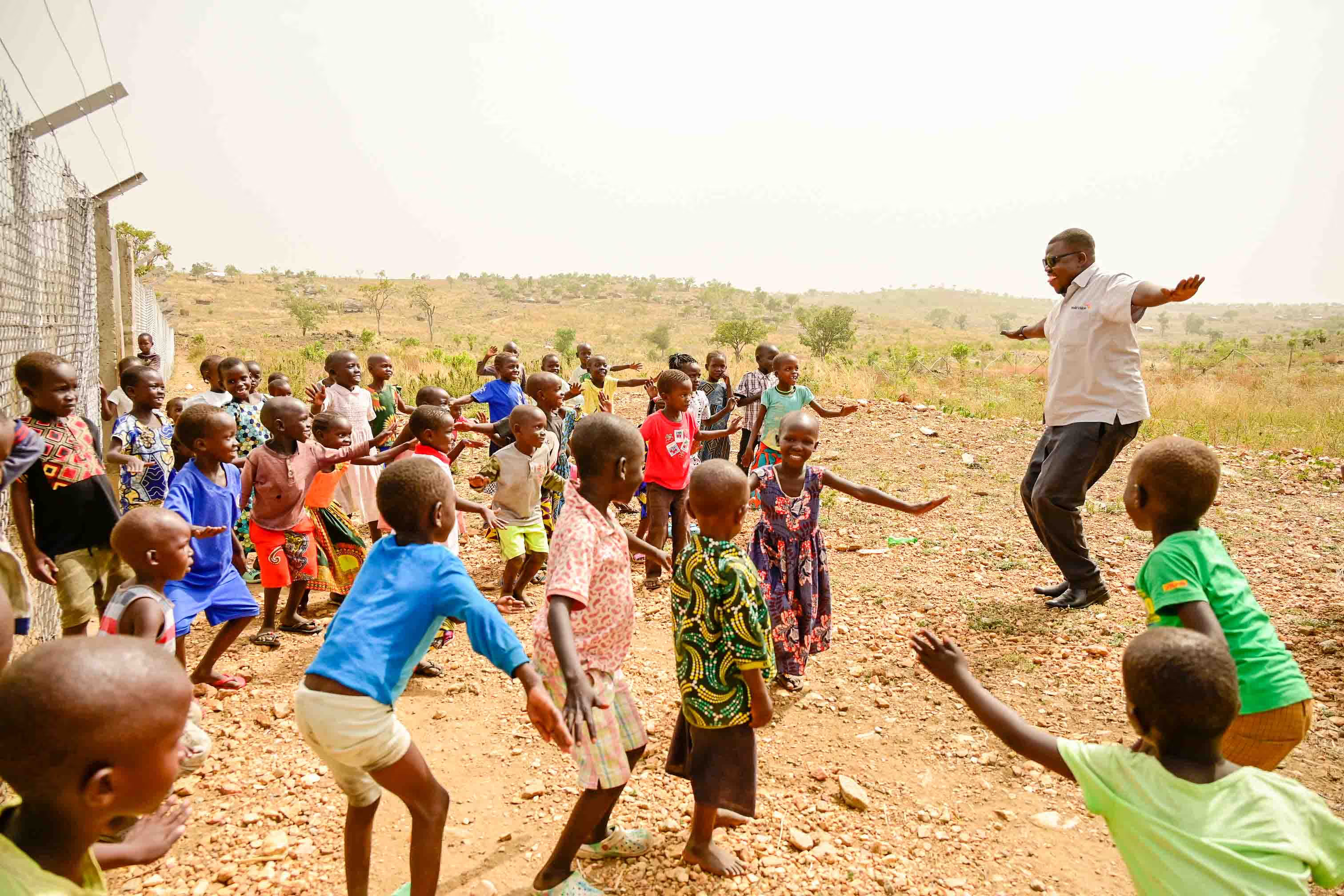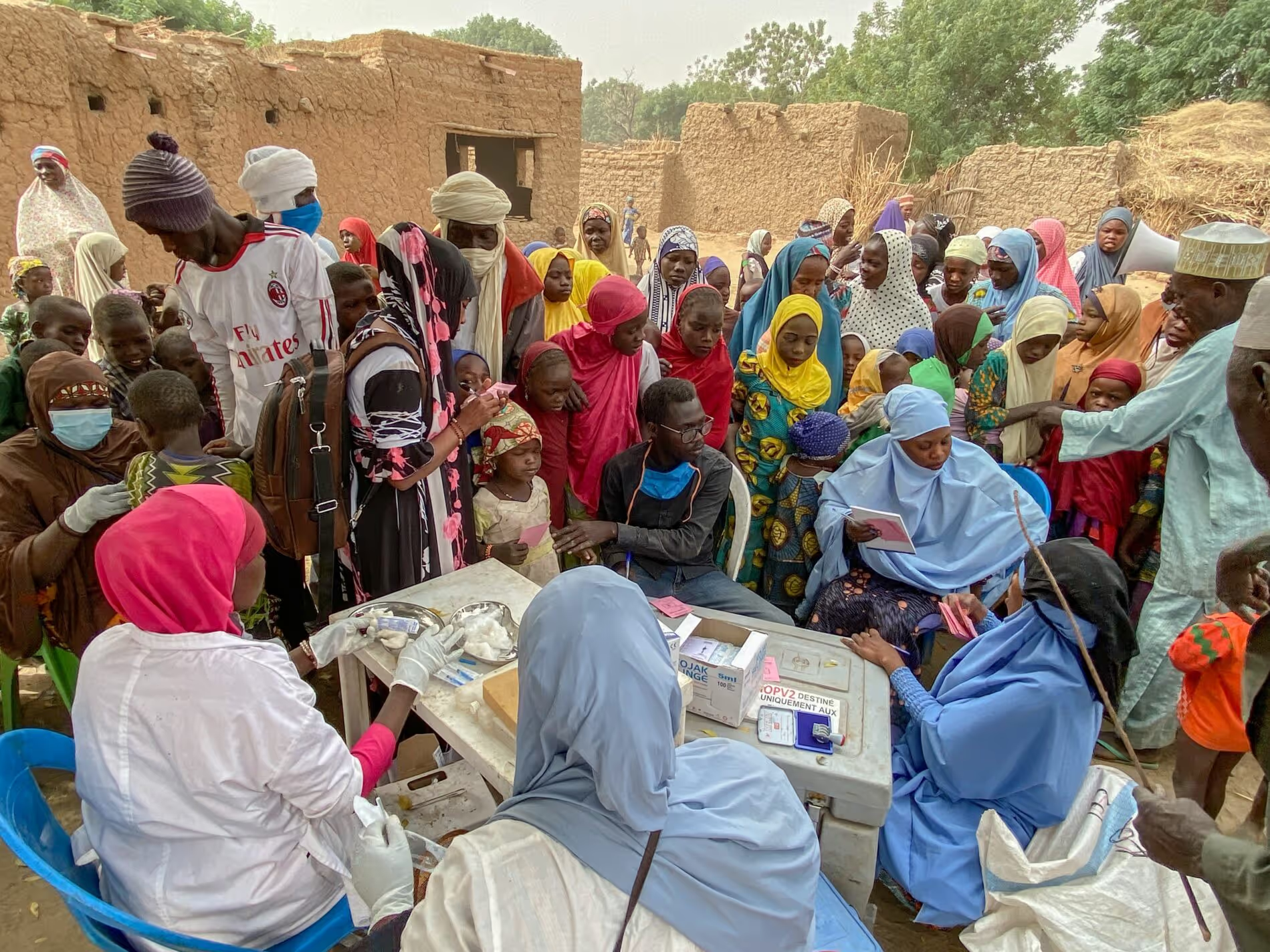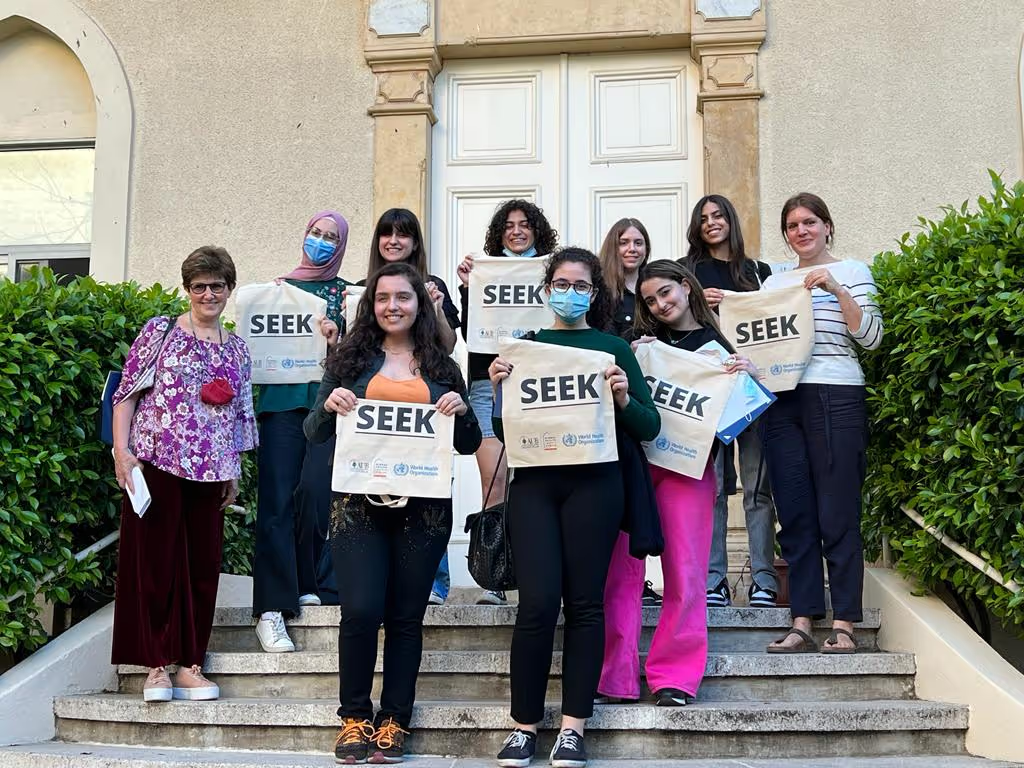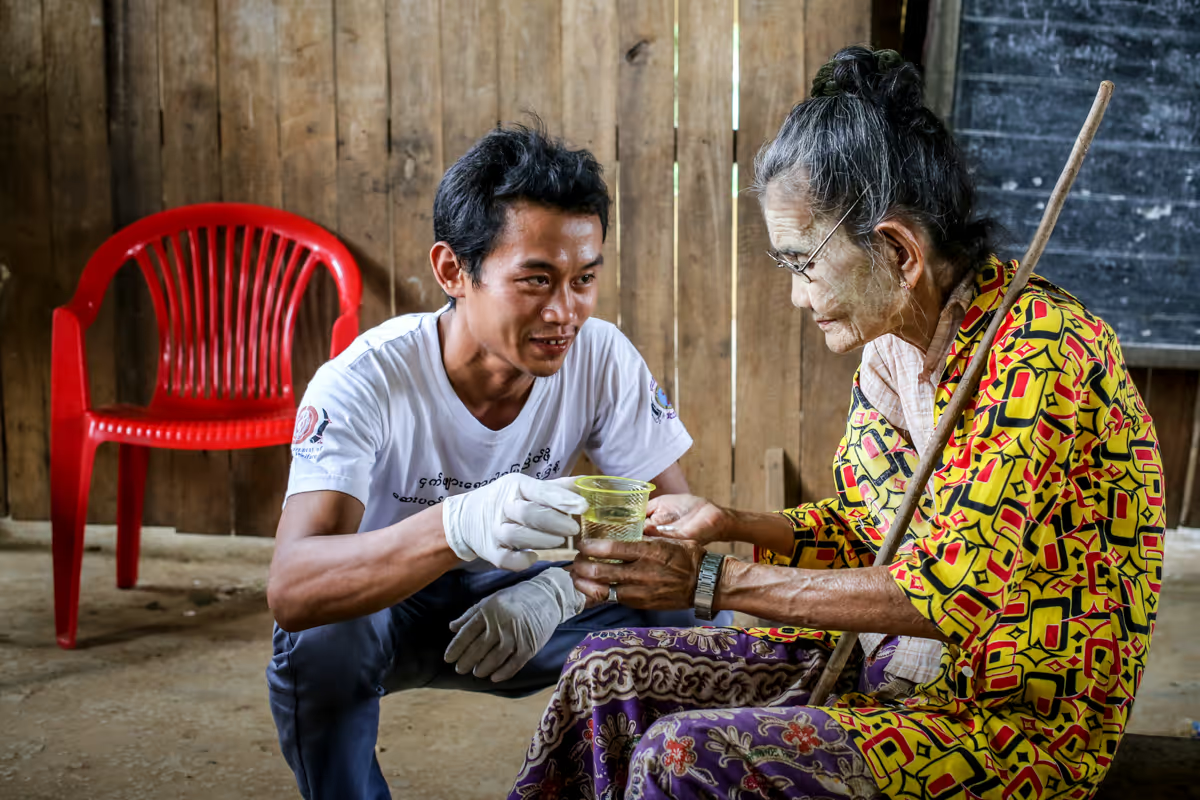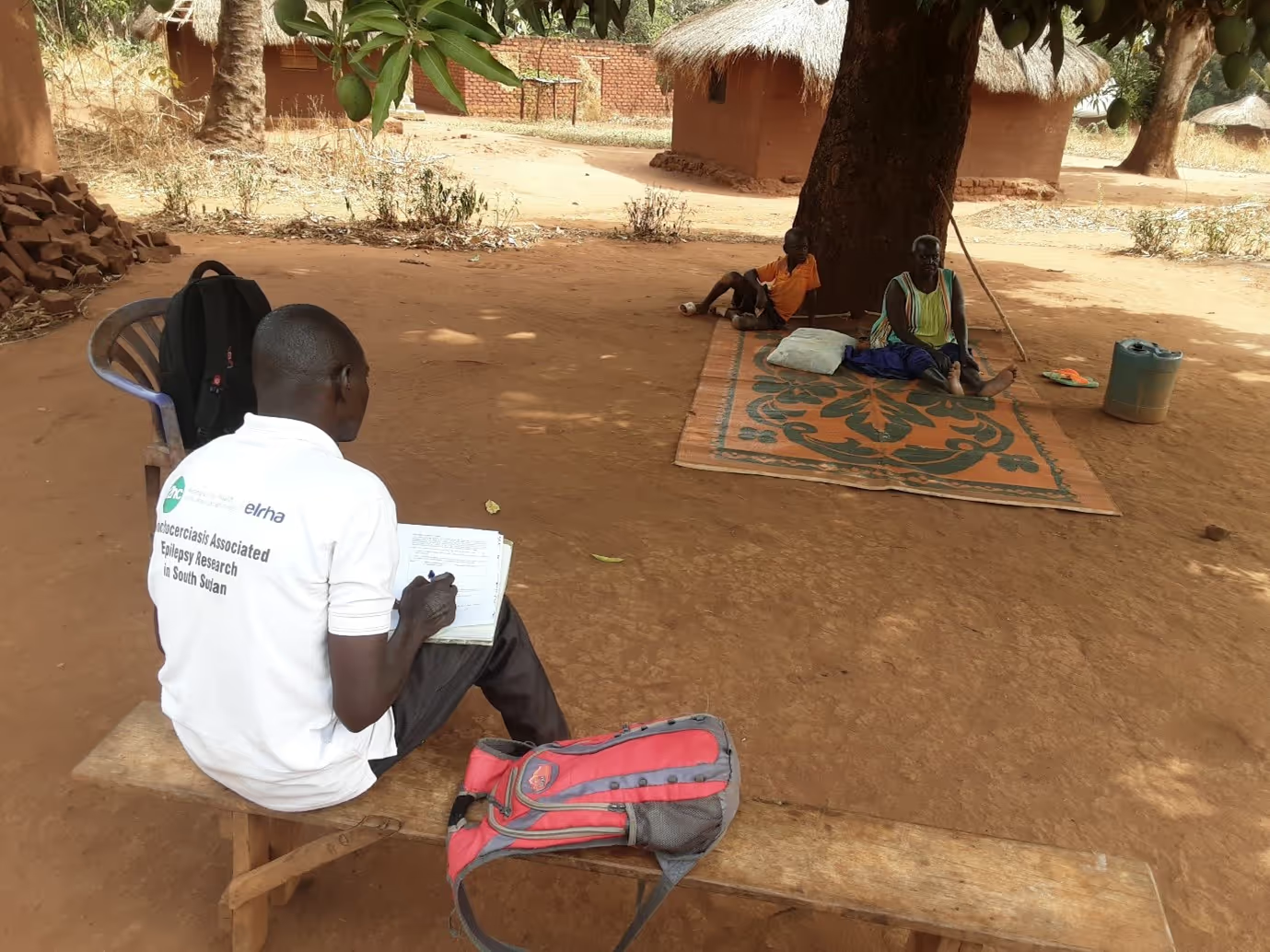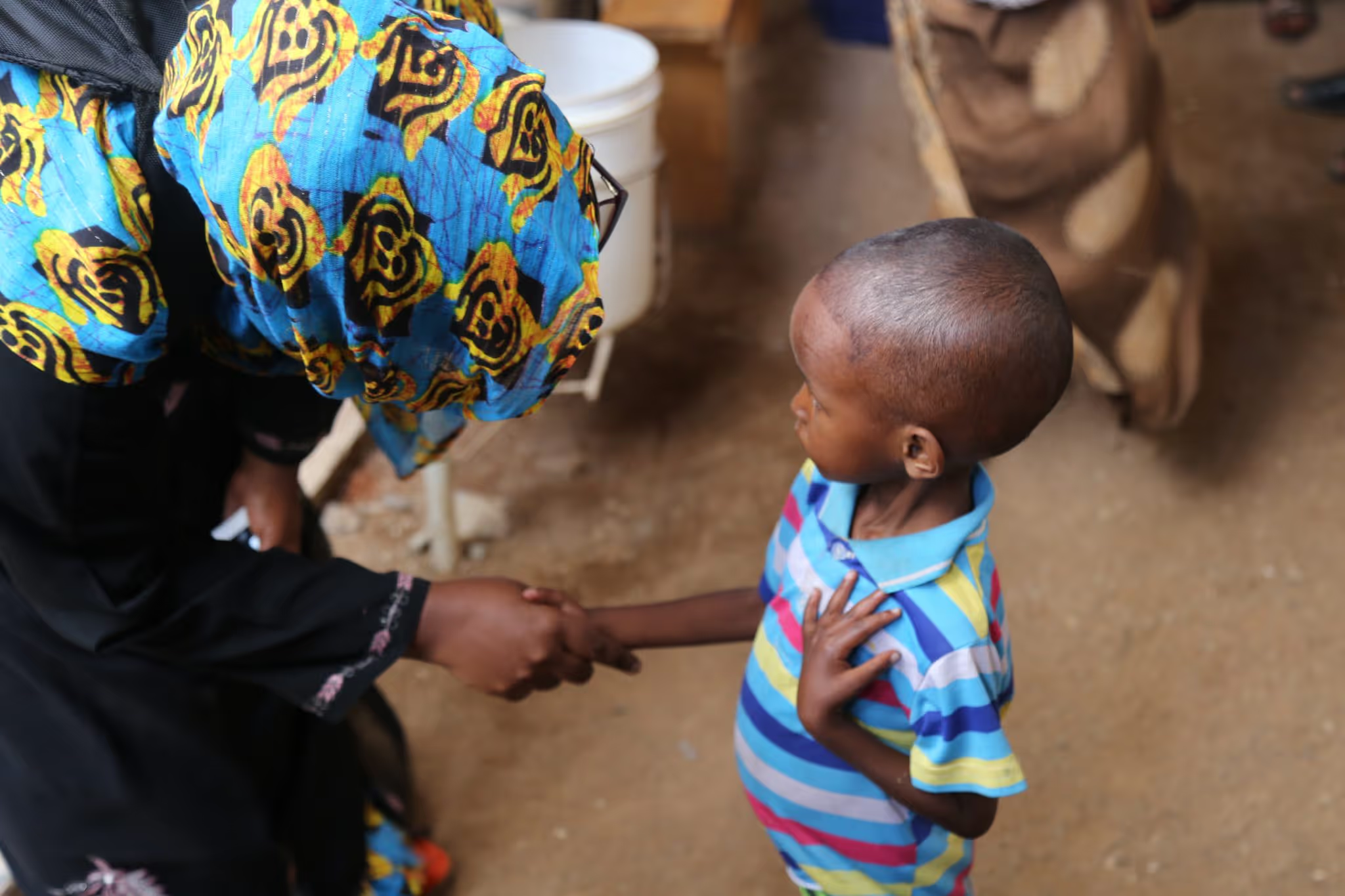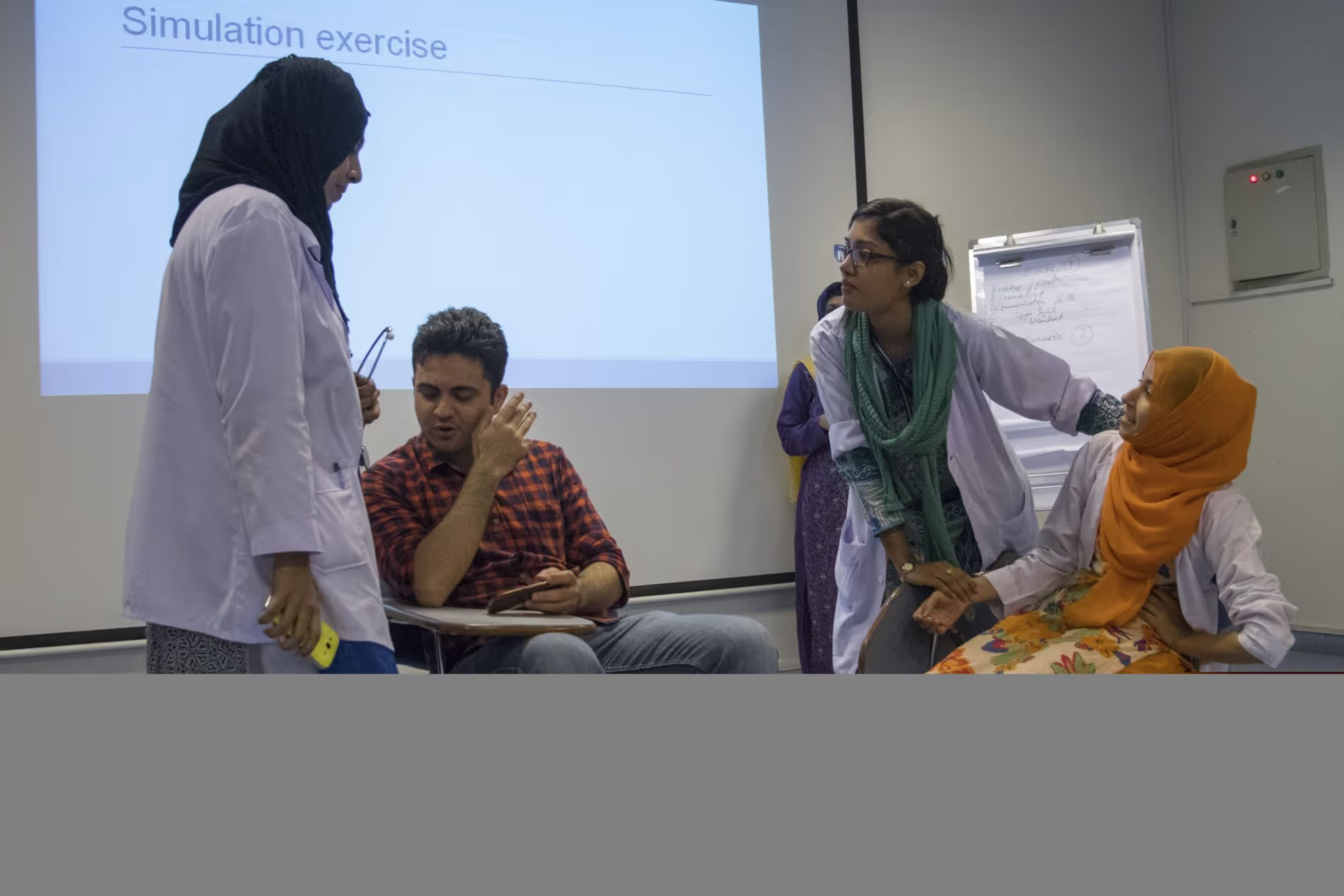An RCT of enhanced Child Friendly Space interventions for children affected by conflict and displacement
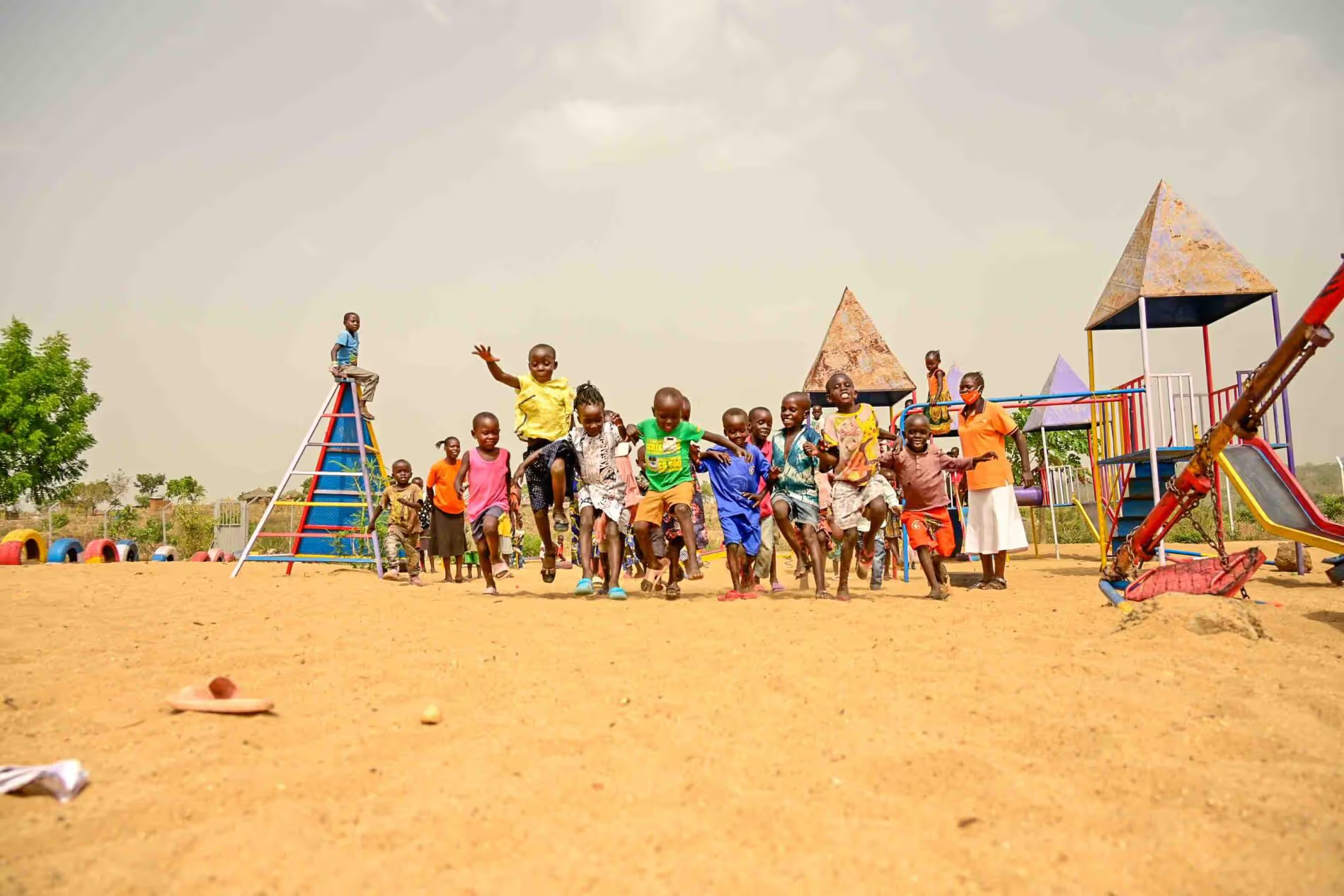
Project overview
This study deepened understanding of effective implementation of child friendly spaces (CFS), building on existing research.
Countries
Uganda
Organisations
World Vision
Partners
Columbia University, AfriChild Centre
Area of funding
Humanitarian Research
Grant amount
£616,655
Start date
01
September
2018
End date
01
September
2021
Project length (in months)
36
Funding calls
Topics
No items found.
Status
Closed
Project solution
This project offers [specific solution or intervention] to tackle [challenge]. By implementing [strategies, tools, or innovations], the project aims to achieve [desired outcomes]. The approach is designed to [specific actions or methods] to bring about meaningful change in [community, region, or issue area].
Expected outcomes
This project aims to achieve [specific outcomes], such as [measurable results, improvements, or changes]. The expected impact includes [benefits to the target community, advancements in research or innovation, or long-term effects]. By the end of the project, we anticipate [specific changes or milestones] that will contribute to [broader goals or objectives].
No items found.
Principal Investigators: Cassie Landers, Columbia University & Kevin Savage, World Vision
Research Snapshot: Understanding effective implementation of Child Friendly Spaces
New evidence deepens our understanding of effective implementation of child friendly spaces (CFS), building on existing research.
[.cta_link]Read Snapshot[.cta_link]
What did the study set out to achieve?
Child Friendly Spaces (CFS) are the most widely used intervention to provide Mental Health and Psychosocial Support (MHPSS) as well as provide a protective environment for children in emergencies. Despite their wide use, they have been implemented by many agencies often with significant variance in their design and quality. Little evidence of their effectiveness has been documented, and few specific components or critical elements of their design have been tested to strengthen the programme model. This research examined specific psychosocial packages and their comparative effectiveness to further contribute to the evidence base improving the design and implementation of these widely-used children’s interventions.
The study compared the effectiveness of an enhanced package of psychosocial activities to the standard in achieving MHPSS outcomes, in the West Nile refugee response in Uganda. A 3-arm randomised control trial was implemented using mixed methods approach to collect, triangulate and corroborate data. It aimed to help determine whether CFS enhancement package effectively improves the ‘standard’ approach and the practicality and cost of implementation, by considering facilitators capacity to implement the package with fidelity.
What were the key findings?
The study found that in the immediate term both the Toolkit and Standard CFS led to clear, positive mental health impacts for younger children, with varying impacts on adolescents. The Standard was more effective than the Toolkit in reducing psychological distress in adolescent ethnic minorities, increasing hopefulness and enhancing individual capacities for resilience. Over the longer-term both the Toolkit and Standard CFS reduced perceived risks and psychological distress. The Toolkit was more effective in strengthening capacities for resilience. The Standard reduced reporting of daily caregiver stresses.
Both younger and adolescent girls had longer lasting improvements in mental health with the Toolkit but the Standard had longer-term benefits for boys. Both packages had limited impact on strengthening community capacities for child protection and MHPSS.
The study found that Greater attendance (over 49% of sessions) had a direct positive effect on mental health, resilience and - for adolescents - functional literacy outcomes.
What does this mean for policymakers and practitioners?
Both approaches, but particularly the Toolkit, offer an effective mental health intervention that have clear positive outcomes for children and adolescents and help alleviate the negative impacts of conflict and displacement. Funding should continue for delivery of CFS or similar interventions.
Still more innovation is required to meet the specific needs and differing abilities of young adolescents. Meaningful participation of adolescent girls and boys throughout the programming cycle helps achieve effective contextualisation of the intervention, while developing their skills and capacities. Involvement of parents, caregivers and trusted adults in promoting children’s socio-emotional learning and protection as well as support for caregivers mental health to reduce the related impacts of stress on their children’s well-being should be prioritised in regular CFS operations.
Given the highly interactive group of community leaders and Child Protection Committees (CPCs) that existed in the community where this study took place, the CFS lacked intentional mobilisation efforts. A CFS transition into alternative integrated service and support packages, and coordinate with existing child protection systems that support family and community structures, is urgently needed.
No items found.
Project delivery & updates
Stay up to date with the latest developments from this project. Here, you will find details on what has been delivered, resources created, and regular updates as the project progresses. Access key documents, reports, and other materials to see how the project is making an impact.
No resources/updates have been published yet for this project. Sign up for our newsletter to stay informed about upcoming publications and updates!
Join our Newsletter
Resources
No items found.
Latest updates
No items found.
